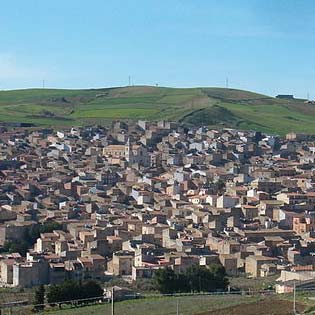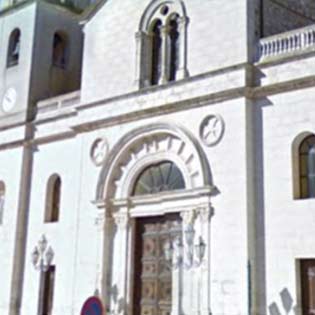Caves of Gurfa

Davide Mauro - CC4.0
The Gurfa caves are an imposing and superb example of rock architecture. The caves together with the necropolis make up the suburban reserve of the Gurfa caves.
The exact dating of this complex has not yet been established but it is believed, from the surveys carried out, that its construction can be between 2500 BC and 1600 BC, during the Bronze Age.
The caves are made up of six rooms, arranged on two levels, dug into a red sandstone cliff, without exploiting already existing natural cavities.
The first level finds: a room with a rectangular plan with a gabled ceiling, called a saracina; a large, bell-shaped room with an elliptical plan on top of which there is an ovule, called thòlos due to its formal resemblance to the tholos of Atreus in Mycenae; both rooms communicate autonomously with the outside and with each other by means of a corridor.
The second level, connected by a staircase dug into the rocky ridge, has four rooms in succession, almost square in shape and different in size, each of which has a large window opening onto the valley. A long corridor, which connects these four rooms, opens out about halfway up the tholos-shaped room.
There are many open questions and hypotheses about the origins of the tholos environment present in this complex.
The Gurfa cave sub-urban reserve also includes:the settlement of Cozzo Barbarà, located south of today's town , where clay fragments, coins and fragments of mosaic with white tiles have been found which would attest to the presence of a Roman villa rustica; the Necropolis of Cozzo Sulfara with pit tombs covered with stones and covered with lithic slabs; and the Necropolis of Gurfa, located near the rock complex of the same name, have burials whose different types date the burials to the late Roman age (two juxtaposed arcosolia dug into a rocky outcrop;) and to the average Bronze Age (tombs in caves).
In 1995 the caves were used as a set for some scenes in the film L'uomo delle stelle by Giuseppe Tornatore.


